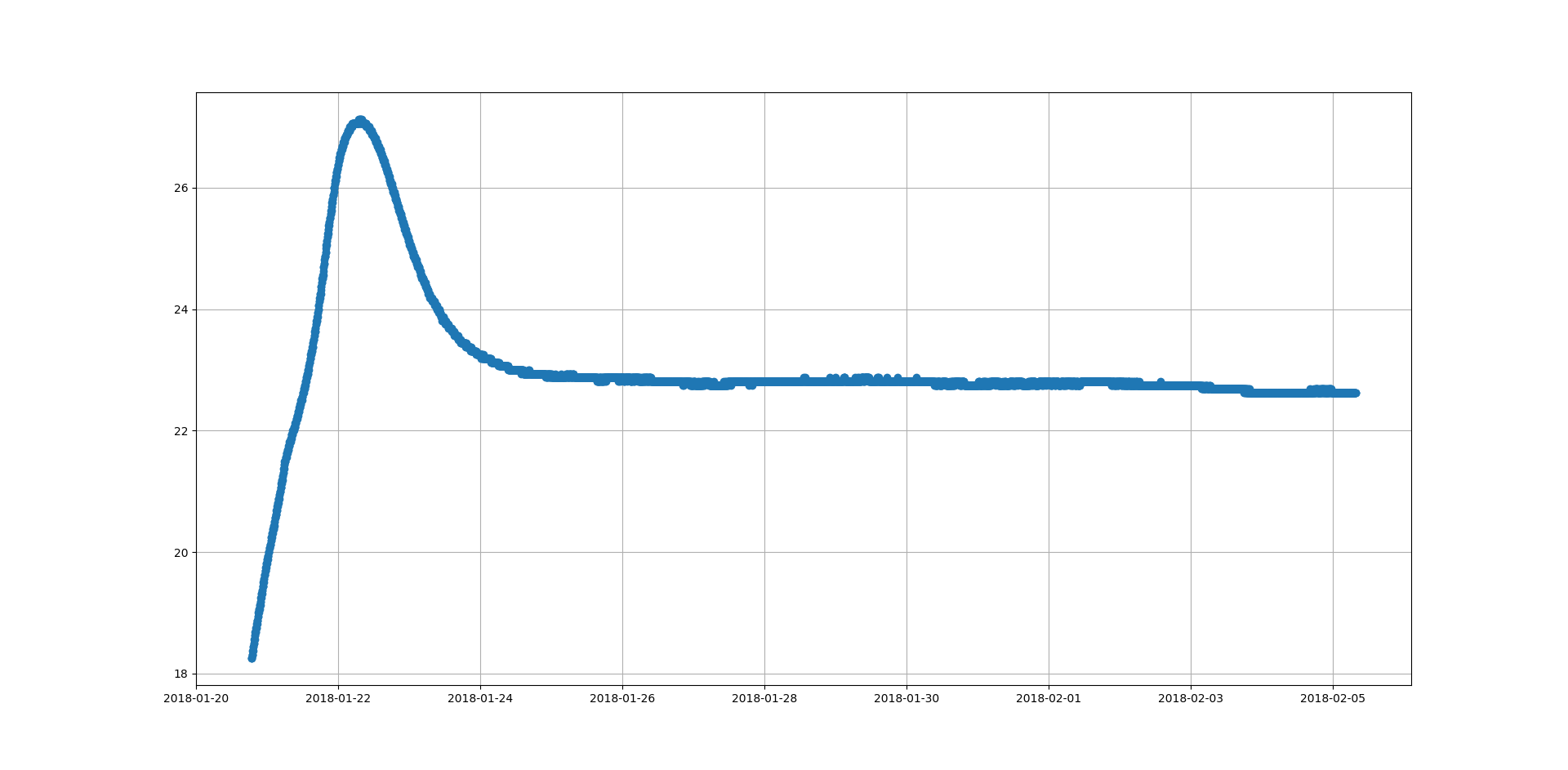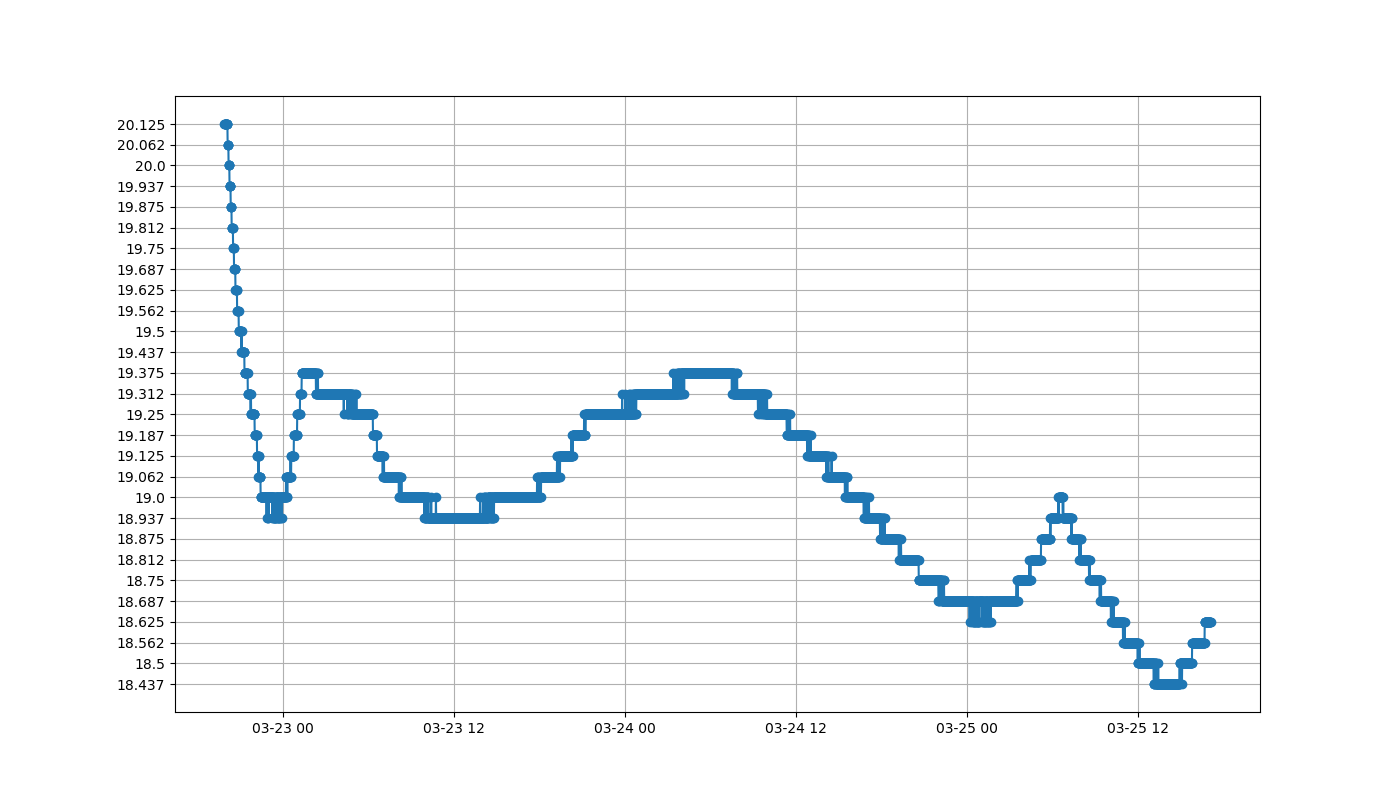fluxxsimon
Active Member
- Joined
- Mar 11, 2018
- Messages
- 31
- Reaction score
- 2
Hi!
This is my first post here. I'm getting married in May and are planning to brew an IPA for the guests and I want all kind of input on the recipe I have designed. I'm shooting for a IPA around 5.5-6.5% ABV, not too high in IBU (I think that more guests will appreciate that). Here is my recipe for 20 Liters (5.5 gallons):
Target OG: 1.055
Target IBU: 45
The malts:
5700 g Pale Ale Malt (95%)
300 g Caramunich (5%)
The hops:
5g (0.2oz) Simcoe (12% AA) @60 min -> 7.7 IBU
20g (0.7oz) Amarillo (8% AA) @10 min -> 7.5 IBU
10g (0.35oz) Simcoe (12% AA) @10 min -> 5.6 IBU
10g (0.35oz) Citra (12% AA) @10 min -> 5.6 IBU
20g (0.7oz) Amarillo (8% AA) @5 min -> 4.1 IBU
20g (0.7oz) Simcoe (12% AA) @5 min -> 6.2 IBU
30g (1.1oz) Citra (12% AA) @5 min -> 9.3 IBU
60g (2.1oz) Amarillo @Dryhop -> 0 IBU
65g (2.3oz) Simcoe @Dryhop -> 0 IBU
60g (2.1oz) Citra @Dryhop -> 0 IBU
I really appreciate any input I can get on this. Probably will use Safale US-05 and control temperature at around 65F (18C) for 4 days and then in room temp for a week then dryhop the last 4-5 days before going in to bottles.
/Simon
This is my first post here. I'm getting married in May and are planning to brew an IPA for the guests and I want all kind of input on the recipe I have designed. I'm shooting for a IPA around 5.5-6.5% ABV, not too high in IBU (I think that more guests will appreciate that). Here is my recipe for 20 Liters (5.5 gallons):
Target OG: 1.055
Target IBU: 45
The malts:
5700 g Pale Ale Malt (95%)
300 g Caramunich (5%)
The hops:
5g (0.2oz) Simcoe (12% AA) @60 min -> 7.7 IBU
20g (0.7oz) Amarillo (8% AA) @10 min -> 7.5 IBU
10g (0.35oz) Simcoe (12% AA) @10 min -> 5.6 IBU
10g (0.35oz) Citra (12% AA) @10 min -> 5.6 IBU
20g (0.7oz) Amarillo (8% AA) @5 min -> 4.1 IBU
20g (0.7oz) Simcoe (12% AA) @5 min -> 6.2 IBU
30g (1.1oz) Citra (12% AA) @5 min -> 9.3 IBU
60g (2.1oz) Amarillo @Dryhop -> 0 IBU
65g (2.3oz) Simcoe @Dryhop -> 0 IBU
60g (2.1oz) Citra @Dryhop -> 0 IBU
I really appreciate any input I can get on this. Probably will use Safale US-05 and control temperature at around 65F (18C) for 4 days and then in room temp for a week then dryhop the last 4-5 days before going in to bottles.
/Simon
Last edited:




